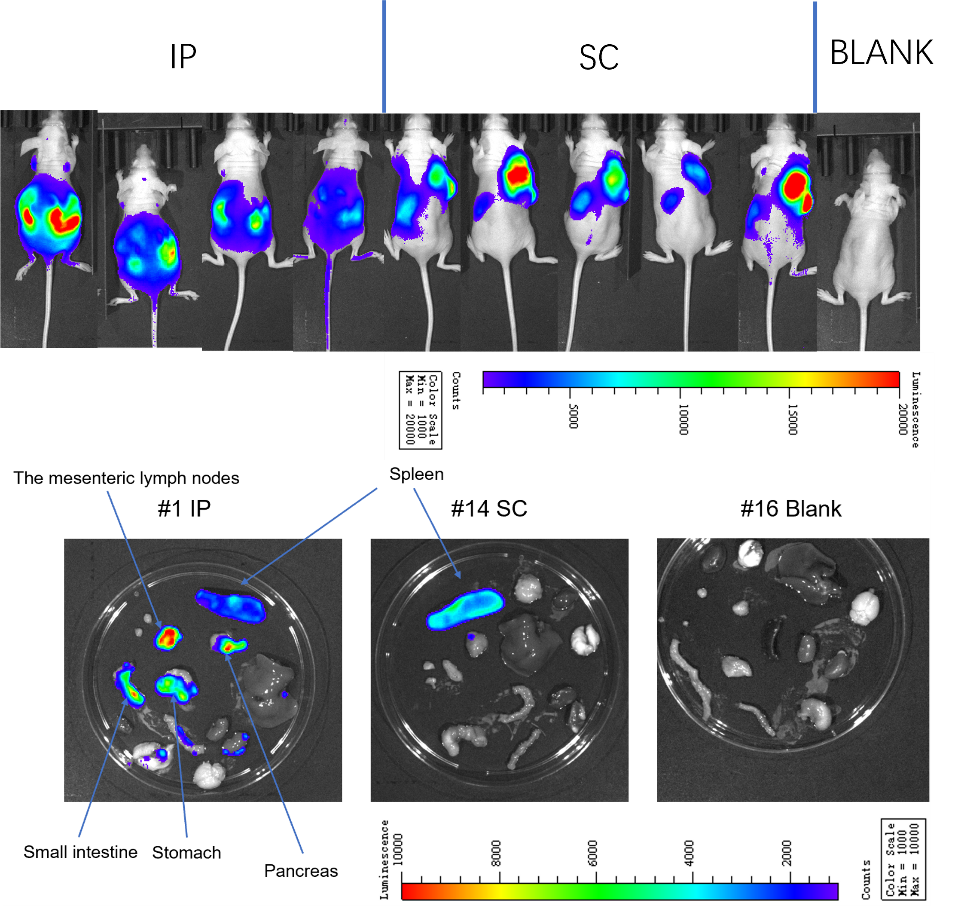Metastasis Model
In Vivo Services
Metastasis Model Overview
In cancer research, metastasis models are crucial tools that help us understand how tumors migrate from their original location to other parts of the body. Ba/F3 cells are a common type of tumor cell, especially in mouse models, where they exhibit metastasis.
In our experimental case, the type of cells inoculated were Ba/F3-EGFR-Del19/T790M/C797S-Luc2 tumor cells. These cells, when subcutaneously inoculated, metastasize to the spleen. However, when inoculated via intraperitoneal injection, they primarily metastasize to the digestive system.
This pattern of metastasis provides a unique opportunity to study how tumors exploit different systems within the body for metastasis. For instance, by observing how Ba/F3-EGFR-Del19/T790M/C797S-Luc2 cells migrate from the subcutaneous inoculation site to the spleen, we can gain insights into how tumors utilize the circulatory system for metastasis. Similarly, by observing how these cells migrate from the intraperitoneal injection site to the digestive system, we can understand how tumors exploit the lymphatic system for metastasis.
In summary, these experimental models provide us with a valuable platform that can help us delve deeper into the biological characteristics of tumors and how they exploit various systems within the body for metastasis. This knowledge is crucial for developing new anticancer treatment strategies.
All in vivo Services
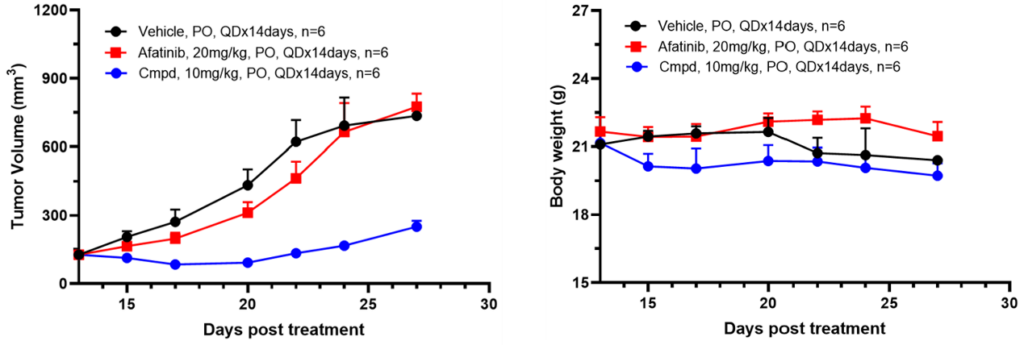
Ba/F3 Xenograft focuses on protein kinases, a cornerstone in cancer research. With FDA’s acknowledgment of kinase drugs, it offers important oncology insights aiding for deeper understanding.
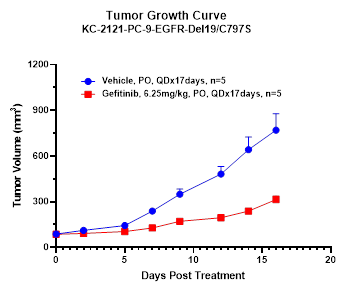
Gene-edited xenografts, utilizing tools like CRISPR/Cas9, offer precise modifications to tumor cell genomes, significantly expanding the horizons and potential of modern oncological research methodologies and insights.
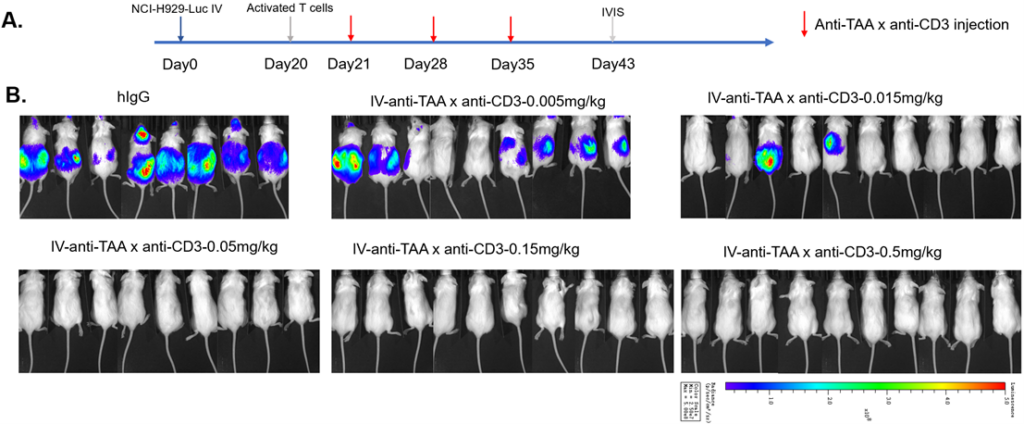
Luciferase tumor model provides insights into tumor growth and immune dynamics. Using bioluminescence, it provides real-time insights. This innovative approach deepens comprehension, advancing cancer research and promoting novel therapeutic discoveries.
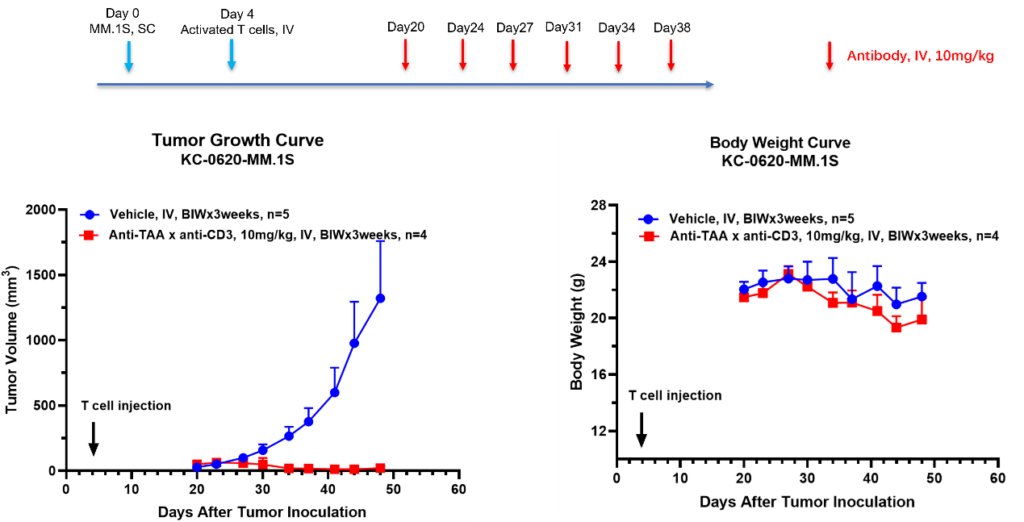
PBMC Humanized Mouse Model incorporates human T cells’ behavior, enabling detailed tumor immunology analysis. It presents a unique avenue for in-depth exploration, enriching research and offering a comprehensive study platform.
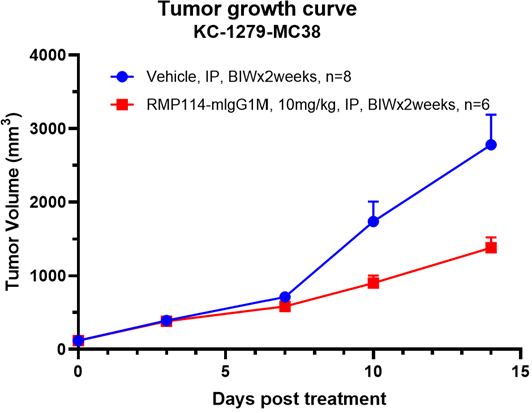
The Syngeneic Model leverages the uses of mouse-derived tumor tissues, placed into genetically similar hosts, contributing to consistency and depth in cancer studies. Ensures a genuine environment for cancer study.

The Subcutaneous tumor models are a leading choice for evaluating anti-cancer drug efficacy, supporting clinical trials, and understanding potential treatments. Its established method is a key component in therapeutic research.
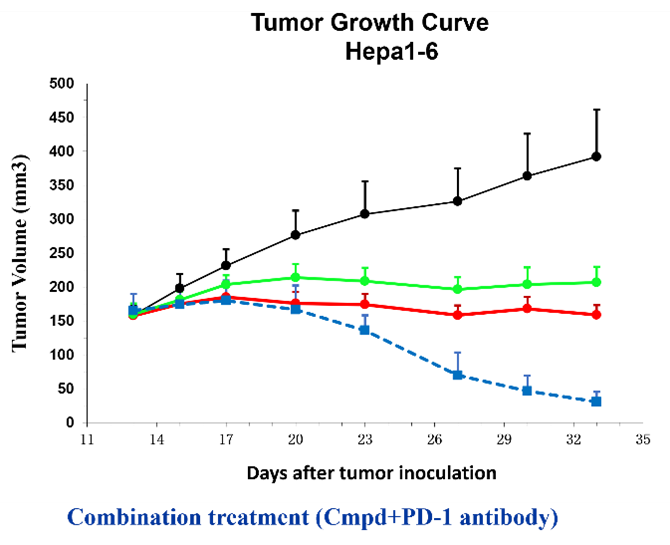
The subcutaneous tumor model is one of the most commonly used in vivo evaluation systems for assessing the efficacy of novel anti-cancer drugs. Typically, tumor …
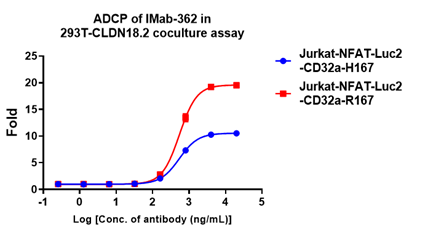
The CDX Model utilizes human tumor cells cultured and introduced into immunodeficient mice, providing a distinct perspective in cancer research.This approach offers a unique, in-depth exploration into cancer behaviors.
